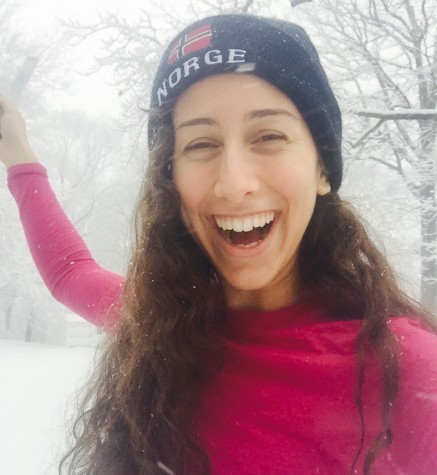Face Value: How Candidates Look Affects How You Vote
The 26th Amendment to the United States Constitution guarantees that when you turn 18, you have the right to vote. But even before that shift from adolescence to 18-year-old adulthood, you have likely had the ability to vote many times throughout your life. Whether it be voting for the captain of a sports team or voting in a school election, you probably believe that your vote was made consciously and independently. However, voting may not be as much of a “free will” activity as you thought.
Candidates for elections spend countless hours writing speeches, debating political hot topics, and drilling with their campaign managers to create perfect sound bites. Interestingly enough, it’s not just about sounding good but also making looking good. A recent study published in Social Cognitive and Affective Neuroscience suggests that negative views of a candidate’s facial appearance could cost them an election.
Males are more likely to be judged on how competent they look as a leader while females are more likely to be judged on attractiveness alone. In the campaign seasons of 2008 and 2016, Sarah Palin and Hillary Clinton were constantly attacked on social media and in US Weekly and Star magazines due to the amount of money that they were spending on their appearance. According to our brains, they were spending money on the correct thing.
Looks play so much into campaigns that the candidate that a toddler would vote for (if they could vote) is usually the same person that the average adult would vote for. In a new study published in Science, two psychologists, John Antonakis and Olaf Dalagas, showed that Swiss children as young as five years old can predict which candidates are most likely to win French parliamentary elections. This is because the candidate that is most likely to win an election has a type of face that projects certain personality traits. A more approachable-looking candidate is much more likely to earn your vote than one that looks unfriendly. In fact, our impression of a candidate from facial appearance is formed after as little as one tenth of a second exposure to a face.
Voting season is an information overload. Between campaign commercials, debates, and news reports, there is no shortage of data. This plethora of details on candidates forces our brains to simplify the decision-making process by using more easy voting strategies. Shortcuts to voting often include voting along party lines, being influenced by family and friends, and of course, appearance of the candidate.
So, when you vote, whether it be for the upcoming presidential elections or for next year’s student council candidates, what do you think is behind your decision?


